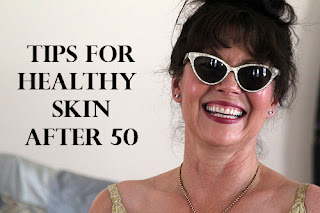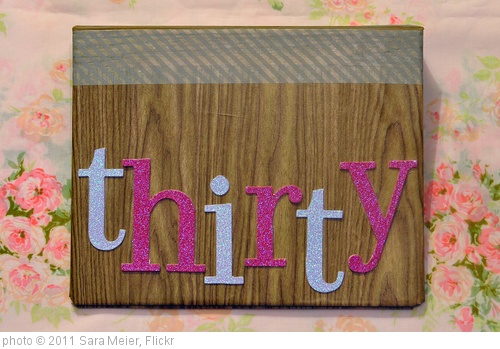 |
| Photo © geopungo, Flickr |

As a child, did you ever hear that warts came from playing with toads and frogs? Either a lot of people play with amphibians or that simply isn’t true. I assure you that the frogs in your backyard won’t give you warts. So, let’s review some common types of warts, how you get them, how to treat them and how to prevent them.
Types
- Common warts - As the name indicates, they’re common. They’re most often found on the hands, but can occur anywhere on the body. They have the distinctive “cauliflower” appearance. They are normally painless and cause few problems.
- Plantar warts - These warts occur on the feet, are usually painful and cause a feeling like there’s a pebble in your shoe.
- Flat warts - They look exactly as their name implies, flat. These warts usually occur in large numbers on the face, arms and legs.
- Filiform warts - These warts usually occur on the mouth, nose, cheeks and along the jaw. They take on a “finger-like” shape and look like a thread is protruding from the wart.
- Periungual wart - These warts usually occur around the toenail or fingernail area. Depending on the location, this type of wart might be painful.
- Genital warts - According to the Centers for Disease Control and Prevention, at least half of all sexually active people will contract genital warts in their lifetimes. Not only can genital warts be found in and on the genitals, they can also be found in the rectum and the mouth and throat of someone who has had contact with someone infected with genital warts.
Infection
Contracting any of the above forms of warts results from contact with the human papillomavirus (HPV). This can occur from scratching at a wart on one part of your body and spreading it to another part of your body; coming into contact with someone who has a wart on their body; or touching a surface someone else touched with their wart. The HPV infection rate varies, and some people can fight certain forms of the virus better than others, so simply coming into contact with a wart does not guarantee you will also get a wart. Normally, the virus enters the body through a cut, other damaged skin or warm and moist areas of the body. Children, young adults and people with weakened immune systems have the highest risk of getting warts.
Contracting any of the above forms of warts results from contact with the human papillomavirus (HPV). This can occur from scratching at a wart on one part of your body and spreading it to another part of your body; coming into contact with someone who has a wart on their body; or touching a surface someone else touched with their wart. The HPV infection rate varies, and some people can fight certain forms of the virus better than others, so simply coming into contact with a wart does not guarantee you will also get a wart. Normally, the virus enters the body through a cut, other damaged skin or warm and moist areas of the body. Children, young adults and people with weakened immune systems have the highest risk of getting warts.
Treatment
Most warts are painless and don’t require treatment, but there are many methods for removal. In some cases, the warts will heal and disappear on their own. There are several over-the-counter methods for wart removal, though, as well as methods available through your doctor (freezing, burning, cutting or using a chemical peel) in case the warts persist. Get medical advice for warts on the face or genitals before treatment and never use over-the-counter products to treat genital warts.
Most warts are painless and don’t require treatment, but there are many methods for removal. In some cases, the warts will heal and disappear on their own. There are several over-the-counter methods for wart removal, though, as well as methods available through your doctor (freezing, burning, cutting or using a chemical peel) in case the warts persist. Get medical advice for warts on the face or genitals before treatment and never use over-the-counter products to treat genital warts.
Keep in mind that although a wart may be removed, it may
come back in the same spot or a different one since the HPV virus will remain
in your system.
Prevention
Wart prevention consists of many of the same steps for preventing contact with any other virus. Wash your hands regularly and be conscious of people and public surfaces you come into contact with. Also, wearing flip-flops in locker rooms, gyms and pool areas and avoiding using someone else’s wet towel will help prevent contact with HPV.
Wart prevention consists of many of the same steps for preventing contact with any other virus. Wash your hands regularly and be conscious of people and public surfaces you come into contact with. Also, wearing flip-flops in locker rooms, gyms and pool areas and avoiding using someone else’s wet towel will help prevent contact with HPV.
Do you have any other questions about warts or HPV? Leave
them in the comments below, and I’ll try to help you out. Thinking you might
need an appointment? Schedule one by visiting our website.





